Contact: ecc11-org (at) nonlineaire.univ-lille1.fr


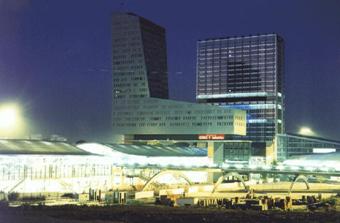
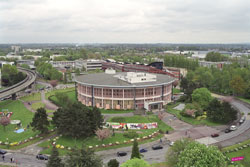


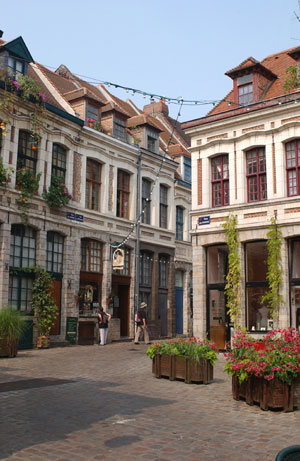
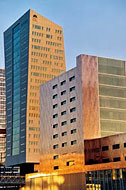
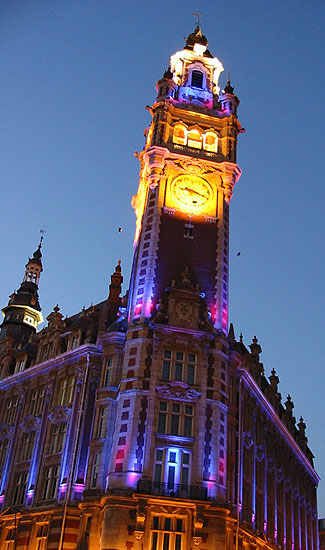
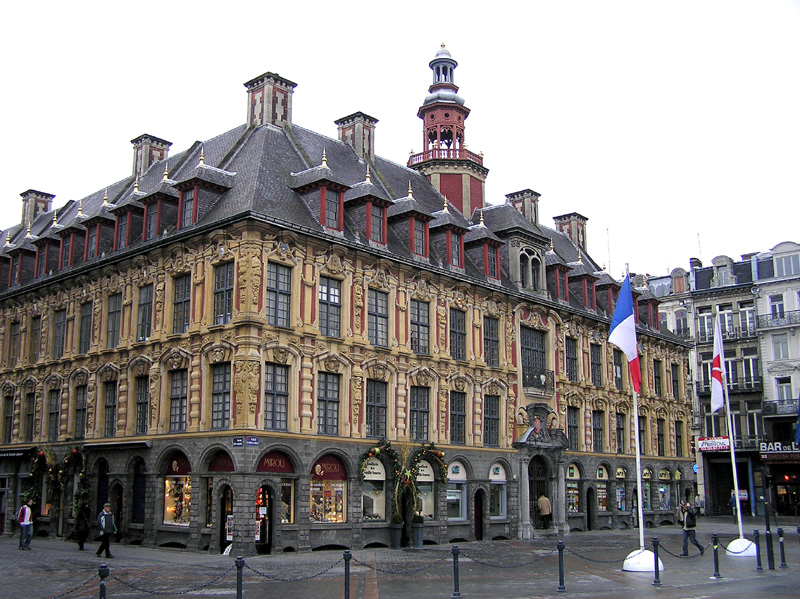
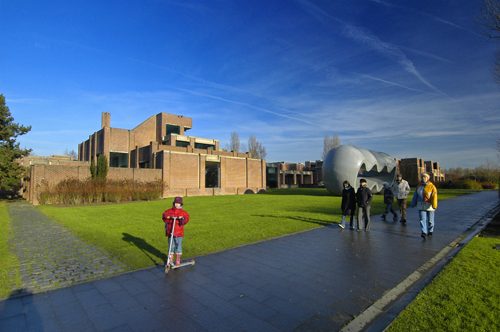

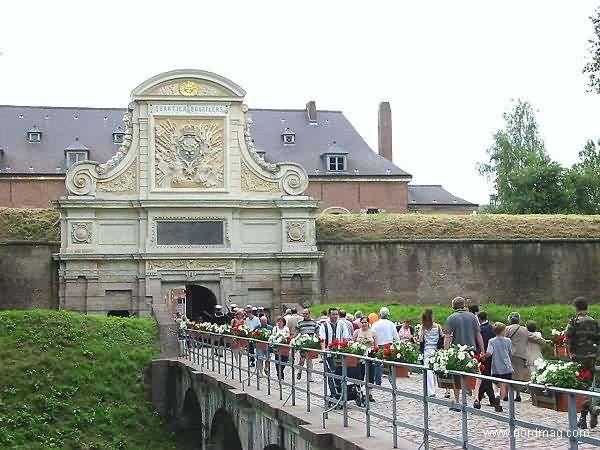

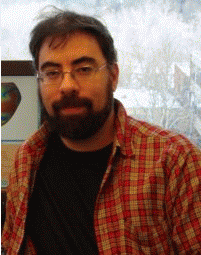
Flavio FENTON
Department of Biomedical Sciences, Cornell University
I have worked in cardiac dynamics for over 15 years and have studied
properties of
the heart both theoretically and experimentally. I study instabilities that can
induce
multiple spiral waves of electrical activity that can result in very complex
dynamics
and are associated with cardiac arrhythmias such as tachycardia and
fibrillation. I also
study methods to control and terminate these arrhythmias.
From bifurcations and spiral waves to chaos: The many dynamics of cardiac tissue
The heart is an excitable electro-mechanical system that under normal conditions contracts efficiently via electrical waves that propagate by diffusion. From a physics point of view, this is a very rich system for the study of chaos and complexity, as it supports a variety of nonlinear dynamics and instabilities that are associated with pathologic states classified as arrhythmias.
Mathematically speaking, arrhythmias can develop from period-doubling bifurcations that can result in both quasiperiodic and spatiotemporally chaotic oscillations. These oscillations, in turn, can lead to the creation of single or multiple rapidly rotating spiral or scroll waves of electrical activity, sometimes with chaotic behavior, that inhibit contraction and can be lethal if untreated.
In this talk, I will discuss experimental and theoretical approaches to understanding the dynamics of cardiac arrhythmias. I will show how computer simulations and state-of-the-art voltage-sensitive fluorescent dyes can be used to image the electrical waves present in cardiac tissue, leading to new insights about their underlying dynamics. I will discuss how period-doubling bifurcations that arise at fast heart rates can lead to complex dynamics and multistability between single and multiple spiral waves in two and three spatial dimensions. Finally, I will show how control algorithms can be used in experiments to synchronize the tissue spatially or to continuously guide the system toward an unstable fixed point in order to prevent and to terminate complex electrical patterns characteristic of arrhythmias.